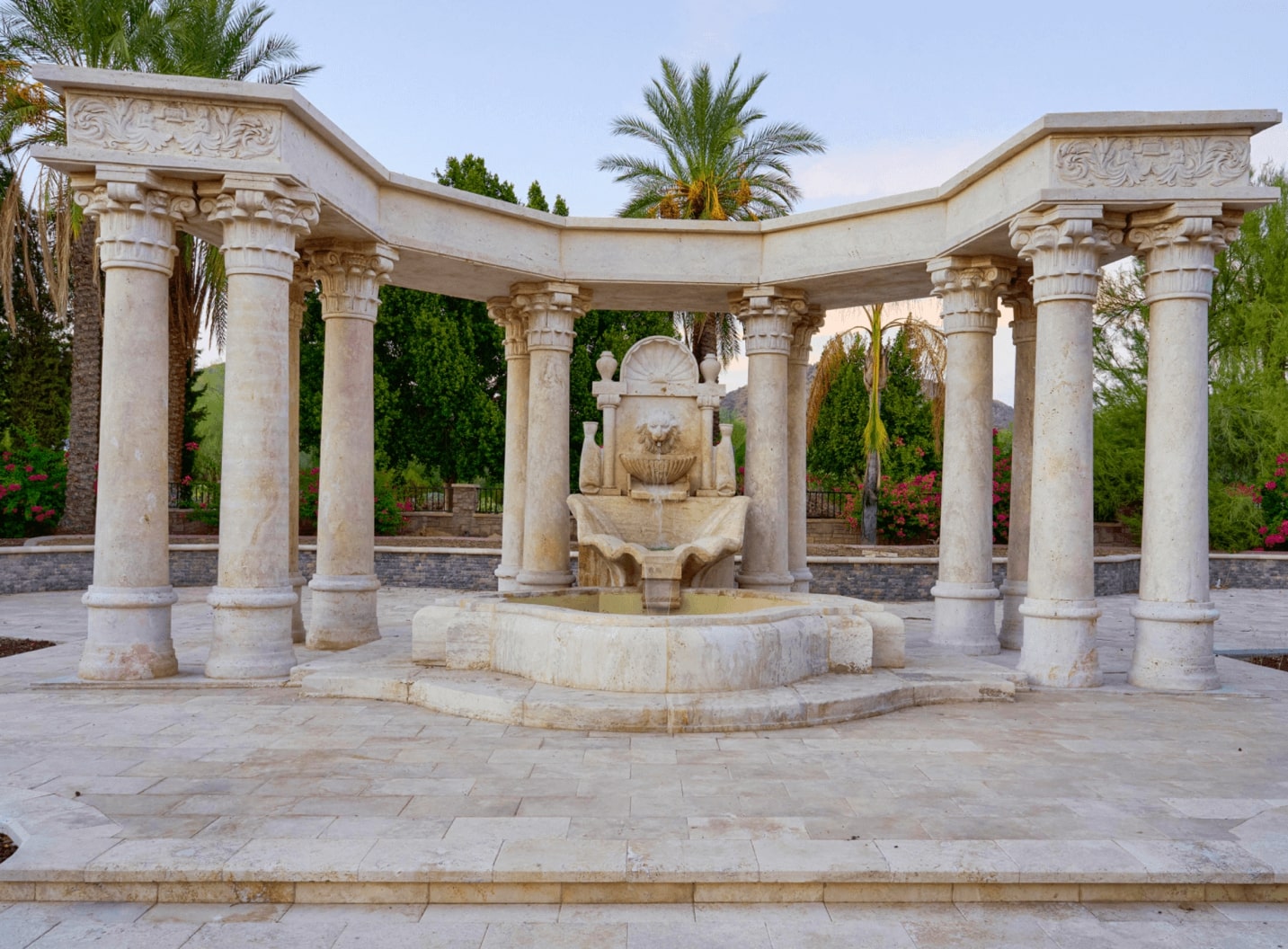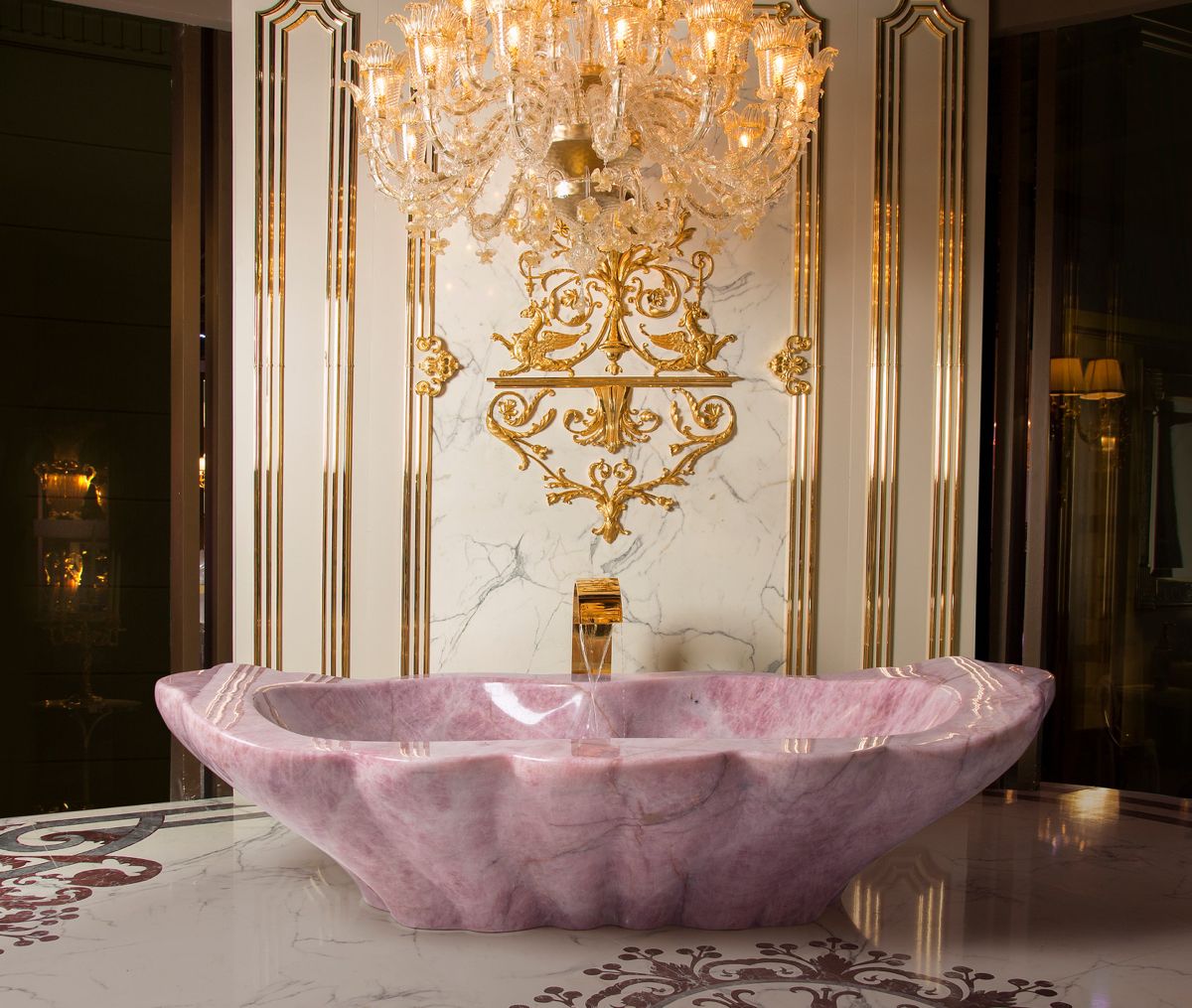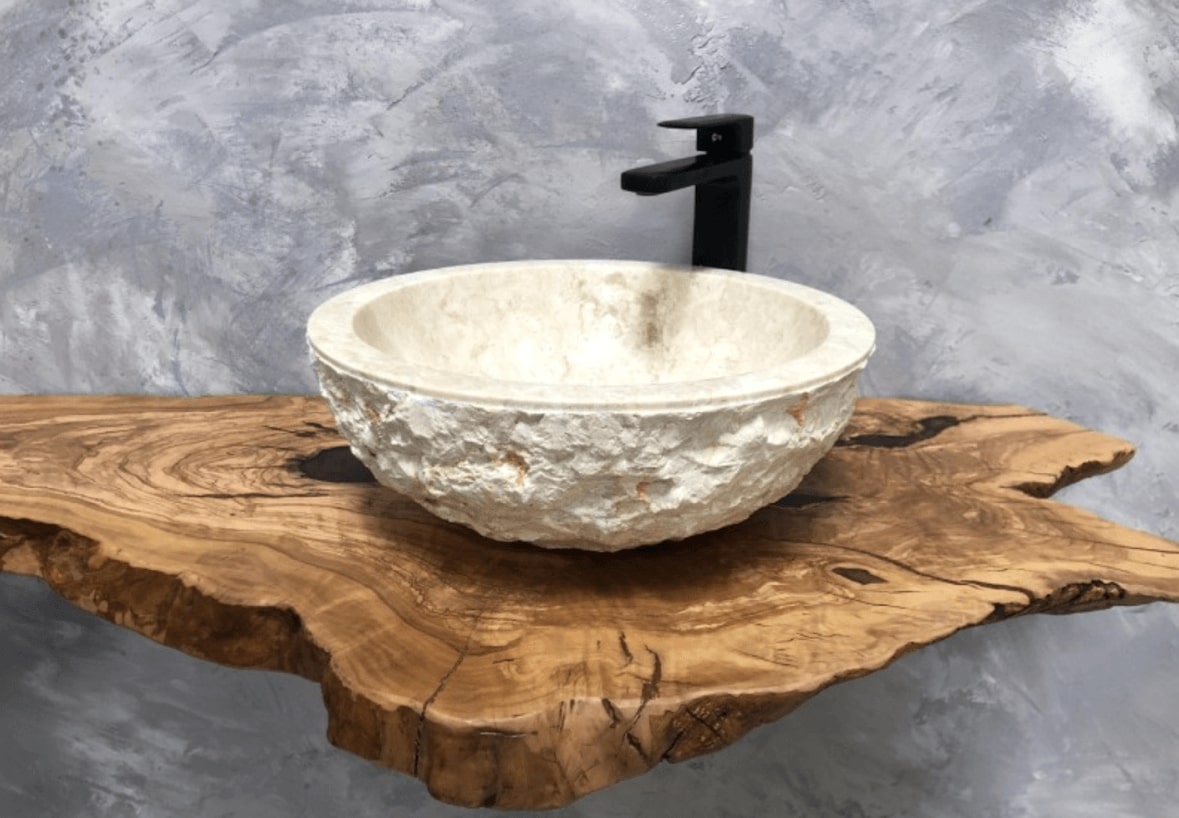Aphrodite's Marble Statue: Discover the Symbolism and Meaning Behind it
Embark on a transformative journey as we delve into the profound symbolism and captivating meaning behind Greek marble statues, with a special emphasis on the iconic Aphrodite's Marble Statue. These remarkable masterpieces of ancient Greek art have transcended time, celebrated for their impeccable artistic expression. They serve as awe-inspiring testaments to the cultural and historical richness of the Greek civilization, offering invaluable glimpses into their mythology, religious beliefs, and cultural practices.
Among these treasured works, Aphrodite's Marble Statue, known as the Venus de Milo, stands as an exquisite exemplar of Greek sculpture. Its magnetic allure and enduring beauty continue to enthrall audiences, transporting them to an era of unparalleled artistry. By embarking on a captivating exploration encompassing its history, symbolic significance, preservation, and profound meaning, we unlock the gates to the enchanting world of ancient Greek art. Prepare to be mesmerized as we uncover the depths of creativity and unrivaled mastery that permeate Aphrodite's Marble Statue, inviting us to appreciate the unending legacy of Greek artistry.
II. History and Background
Aphrodite, the Greek goddess of love, beauty, and desire, occupies a prominent place in Greek mythology. Born from the sea foam that formed when Uranus' severed genitals were thrown into the ocean, she emerged as a symbol of eternal beauty and irresistible charm.
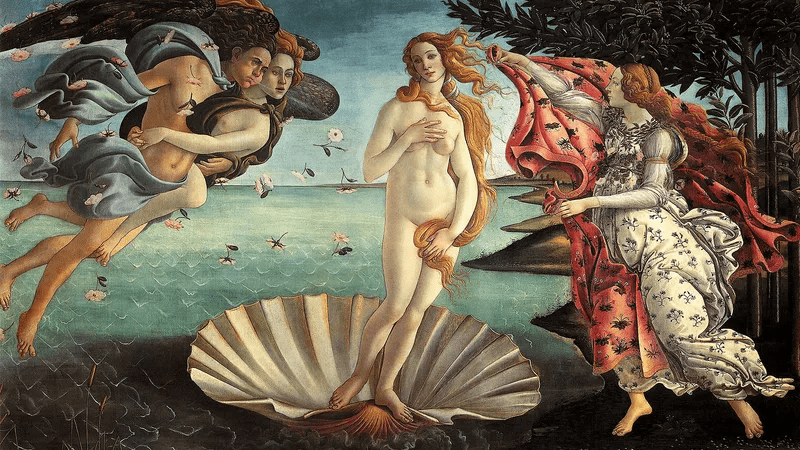
In Greek literature and art, Aphrodite is depicted as a captivating goddess who has the power to inspire love and desire in both gods and mortals. She plays a significant role in various myths, including the famous story of the Trojan War, where her support for Paris in his judgment of beauty led to the war's outbreak.
Aphrodite's beauty and allure were widely celebrated, and numerous sanctuaries were dedicated to her worship throughout ancient Greece. These sanctuaries, adorned with magnificent statues and artworks, served as places of devotion and offerings to honor the goddess.
The worship of Aphrodite extended beyond Greece, with her Roman equivalent, Venus, becoming an equally revered figure in Roman mythology. The influence of Aphrodite/Venus can be seen in various aspects of ancient society, including art, literature, and cultural practices, where her qualities of beauty, love, and desire were celebrated and sought after.
Aphrodite's timeless presence in Greek mythology and her enduring portrayal as a symbol of beauty and love continue to resonate in modern culture. Her stories and imagery have inspired countless artists, writers, and scholars throughout history, solidifying her position as an iconic and influential figure in Greek mythology.
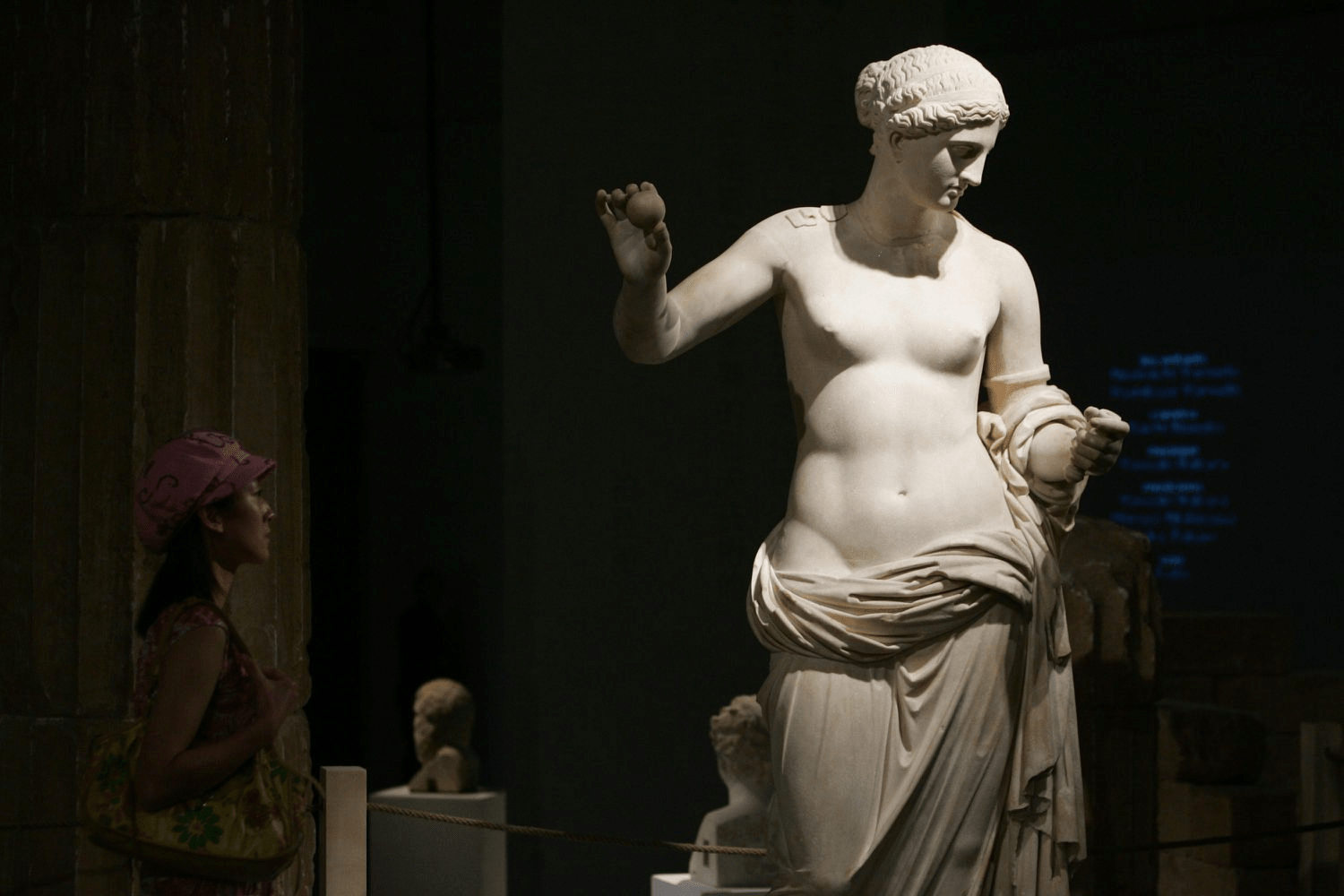
Greek marble statues emerged during the Classical period (5th to 4th centuries BCE) and became a hallmark of Greek art. This period marked a significant shift in artistic expression, with a focus on idealized representations of the human form and an emphasis on balance, harmony, and naturalism. Marble, with its smooth texture and ability to be finely carved, became the preferred medium for sculptors to bring their visions to life.
The production of marble statues was closely intertwined with the religious and cultural practices of ancient Greece. They were created as offerings to gods and goddesses, decorative elements for public spaces, and commemorative monuments for heroes and prominent individuals. These statues served as powerful symbols of divine presence and mortal achievements, enriching the visual landscape and reinforcing societal values.
Aphrodite's Marble Statue, also known as the Venus de Milo, is believed to have been sculpted by Alexandros of Antioch around 100 BCE. This masterpiece was crafted from fine-quality Parian marble, renowned for its translucent qualities and ability to capture the human form with exceptional detail. Parian marble, quarried from the Greek island of Paros, was highly valued for its purity and white color, which lent a sense of ethereal beauty to the statue.
Aphrodite's Marble Statue stands at approximately 6 feet 8 inches tall and depicts the goddess Aphrodite, the embodiment of beauty, love, and desire. The statue showcases a partially draped female figure, with one arm raised, possibly holding an attribute like a mirror or an apple, and the other arm extended downwards. The missing arms have sparked much debate and speculation, but their absence only adds to the statue's mystique and allows viewers to project their own interpretations.
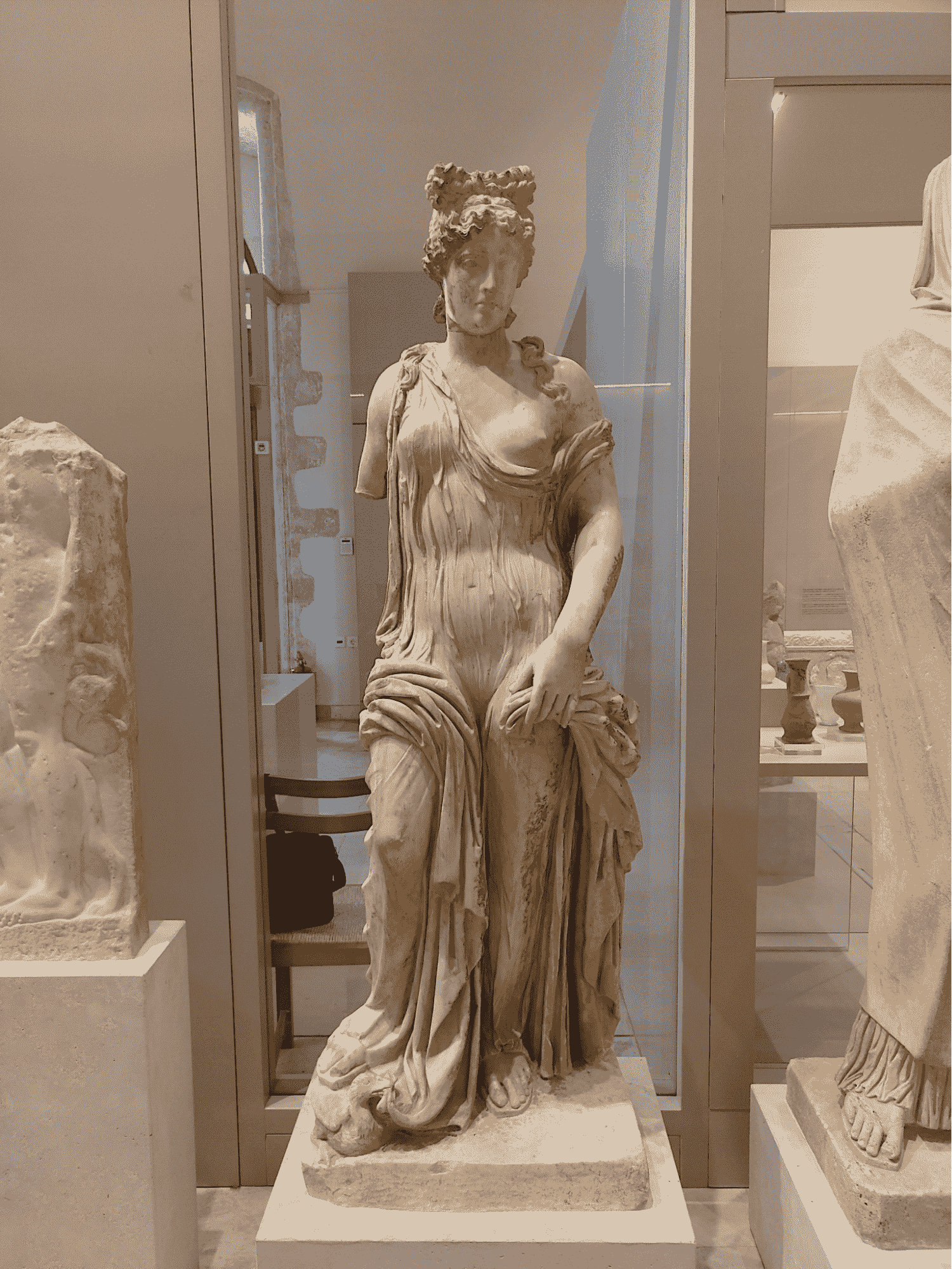
The sculptor Alexandros of Antioch is credited with creating Aphrodite's Marble Statue during the Hellenistic period. This period, which spanned from the death of Alexander the Great in 323 BCE to the Roman conquest of Greece in 146 BCE, witnessed a flourishing of artistic expression. Hellenistic sculpture departed from the idealized perfection of the Classical era and embraced a more realistic approach, emphasizing emotional depth, individuality, and dramatic poses.
Alexandros of Antioch, an artist from the ancient city of Antioch in present-day Turkey, was highly skilled in capturing the delicate features and sensuality of the human form. His work on Aphrodite's Marble Statue exemplifies the artistic innovations and influences of the Hellenistic period, making it a masterpiece of its time.
III. Symbolism and Meaning
In Greek mythology, Aphrodite, also known as Venus in Roman mythology, was the goddess of love, beauty, fertility, and desire. According to the myth, she was born from the sea foam that emerged when the Titan Cronus severed his father Uranus' genitals and threw them into the sea. Aphrodite's birth from the sea linked her to the transformative power of water, and she was often depicted emerging from a seashell.

Aphrodite was renowned for her unparalleled beauty and irresistible allure. She possessed the power to inspire love, desire, and passion in gods and mortals alike. As the goddess of love, she played a significant role in Greek mythology, influencing romantic relationships, marriage, and the harmonious balance of desire and restraint.
Aphrodite's Marble Statue captures the essence of the goddess through its intricate details and composition. The partially draped figure evokes a sense of modesty and elegance, while the missing arms leave room for interpretation. The raised arm suggests a gesture or the presence of an attribute, possibly a mirror, an apple, or even a shield. The downward-extended arm, now missing, may have held another symbolic object or been engaged in a dynamic gesture.
The statue's pose and expression convey a sense of grace, serenity, and timeless beauty. Aphrodite's serene facial features, with softly defined eyes and a subtle smile, add to the overall aura of allure and mystique. The artist's attention to detail in sculpting the flowing drapery that gently cascades around the figure enhances the statue's sense of movement and organic beauty.
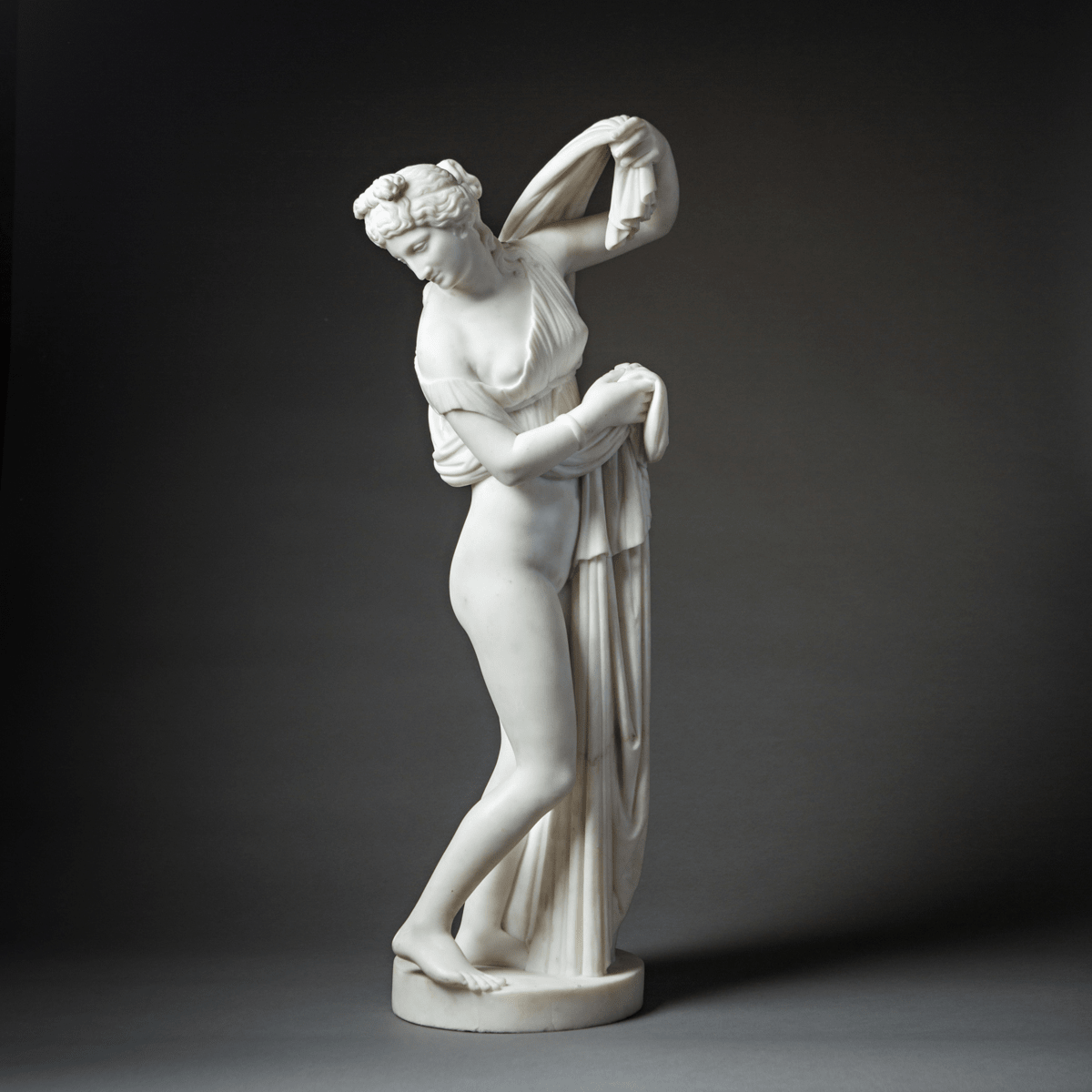
Aphrodite's Marble Statue holds cultural and religious significance beyond its representation of the goddess herself. The statue reflects the Greek ideals of beauty, grace, and femininity, which were highly prized in ancient Greek society. It embodies the timeless notion of idealized female beauty, transcending the limitations of time and cultural contexts.
Moreover, the statue's portrayal of Aphrodite as a goddess of love and desire underscores the importance of these aspects in Greek culture. Love and desire were fundamental aspects of human existence, and Aphrodite's influence was believed to extend to romantic relationships, procreation, and the harmony of social interactions.
The cultural and religious significance of Aphrodite's Marble Statue extends beyond the boundaries of ancient Greece. It has served as an inspiration for countless artists throughout history and continues to captivate audiences worldwide, symbolizing the enduring power and timeless appeal of beauty and love.
IV. Preservation and Restoration
Preserving ancient marble statues poses significant challenges due to the passage of time, environmental factors, and human interventions. Marble, although durable, is susceptible to erosion, weathering, and chemical reactions that can degrade its surface over centuries. Exposure to sunlight, temperature fluctuations, humidity, and air pollution can all contribute to the deterioration of marble statues.
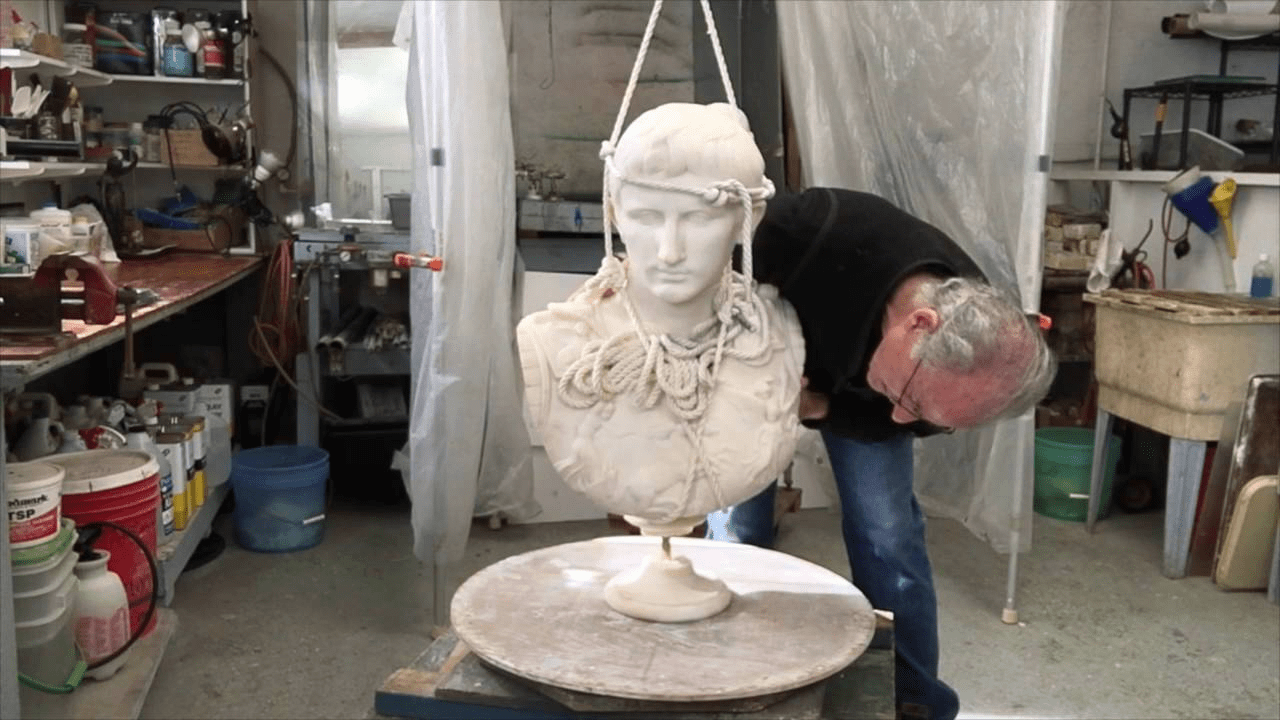
Human interventions, both intentional and unintentional, have also affected the preservation of ancient marble statues. Throughout history, these statues were often subject to vandalism, theft, and improper handling. Additionally, changes in artistic taste, cultural values, and societal shifts could lead to statues being discarded, buried, or repurposed.
Aphrodite's Marble Statue is currently housed in the Louvre Museum in Paris, where it is carefully displayed and protected. The Louvre Museum, renowned for its extensive collection of ancient art, employs rigorous conservation practices to ensure the preservation of valuable artifacts.
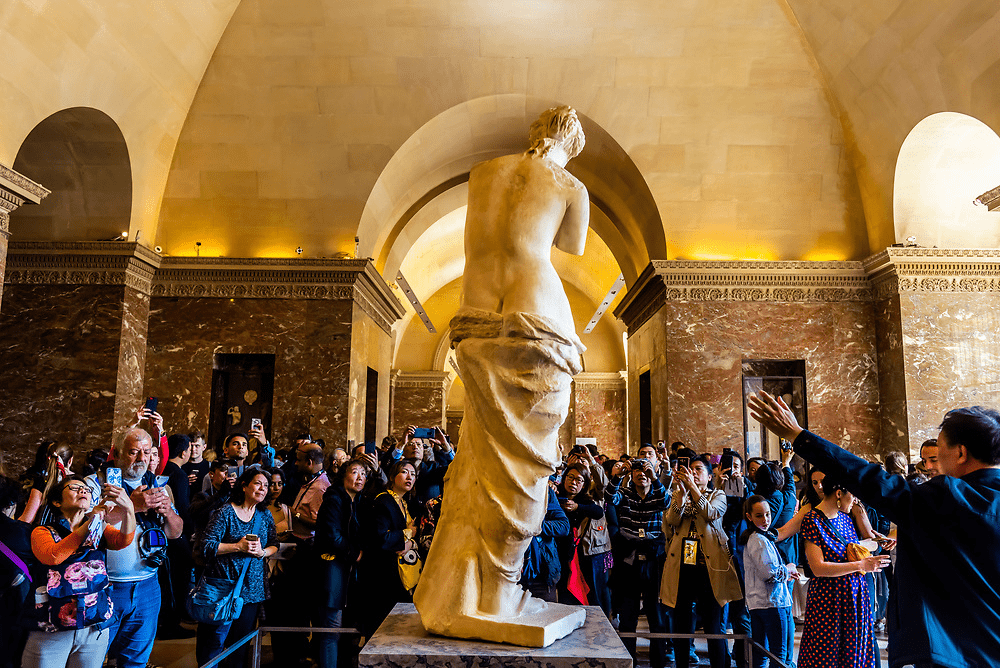
The statue is showcased in a controlled environment that maintains optimal temperature, humidity, and lighting conditions. These parameters help to mitigate the deterioration caused by environmental factors. Regular monitoring and maintenance of the display area ensure the statue's long-term stability and protection.
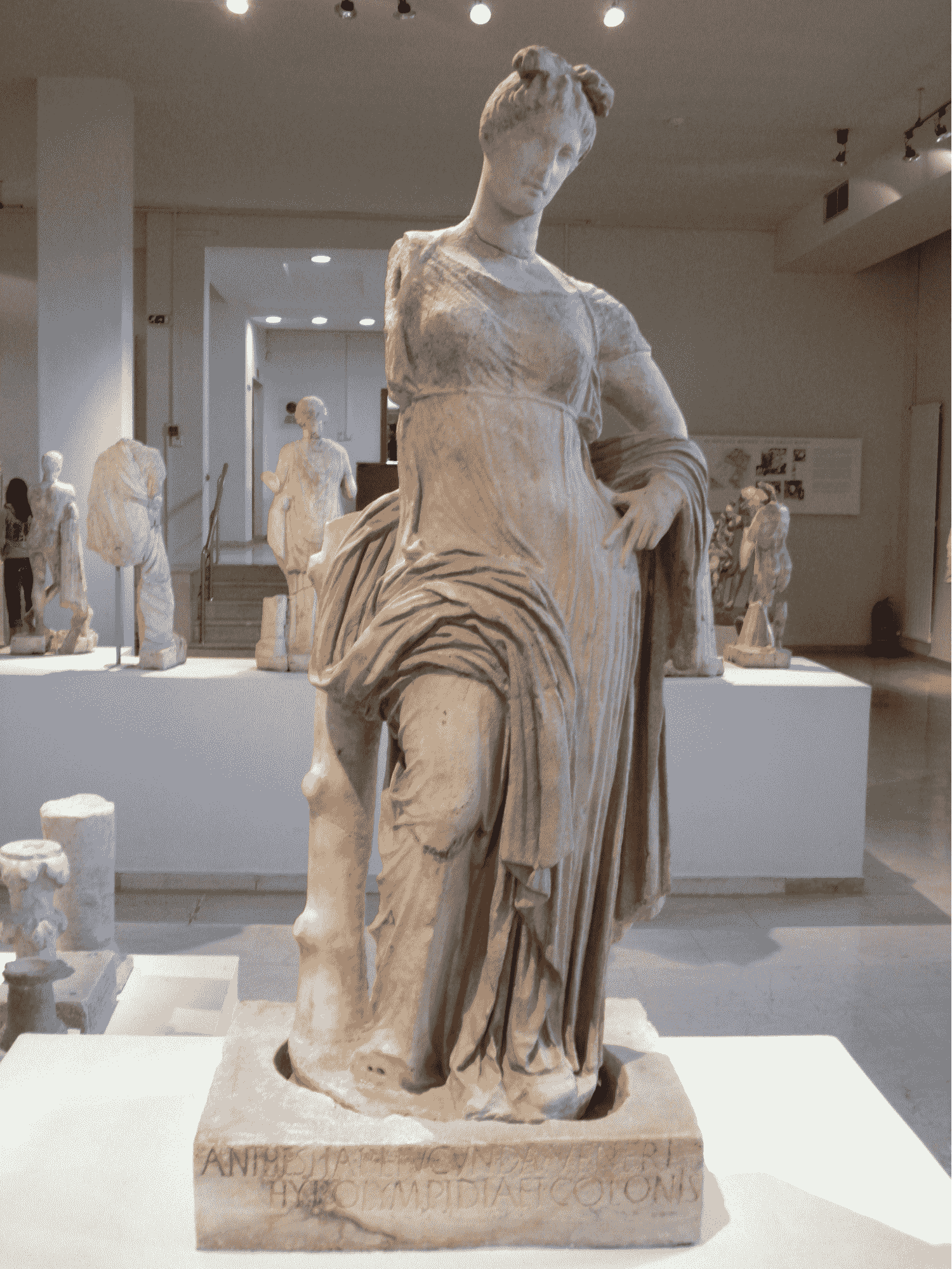
Over the years, Aphrodite's Marble Statue has undergone restoration interventions to stabilize and repair damages caused by aging, previous restoration attempts, and accidental damage. These efforts are conducted by skilled conservators who meticulously assess the statue's condition and employ specialized techniques and materials.
The restoration process aims to maintain the statue's structural integrity while preserving its original aesthetic qualities. Conservators use scientific analysis, such as imaging technologies and microscopic examination, to inform their decision-making process. Missing parts may be reconstructed based on historical evidence and artistic expertise, with great care taken to ensure the restoration blends harmoniously with the original sculpture.
The restoration of Aphrodite's Marble Statue not only ensures its physical preservation but also contributes to our understanding of its original appearance and the craftsmanship of ancient sculptors. It allows future generations to appreciate the statue's beauty and historical significance while respecting the integrity of the artwork.
Overall, the preservation and restoration efforts surrounding Aphrodite's Marble Statue exemplify the commitment to safeguarding and celebrating the cultural heritage of ancient Greece. By employing advanced conservation practices, we can ensure that this magnificent artwork continues to inspire and educate audiences for generations to come.
V. Conclusion
Greek marble statues hold immense cultural, historical, and artistic significance. They are revered as masterpieces that provide a window into the ancient Greek world, showcasing their artistic prowess and mythology.
Aphrodite's Marble Statue symbolizes the timeless ideals of beauty, love, and desire. Its enigmatic missing arms invite speculation and interpretation, adding to its allure and mystique. The statue's depiction of the goddess encapsulates the cultural and religious values of ancient Greece.
Aphrodite's Marble Statue, as an enduring masterpiece, continues to captivate audiences across the globe. Its influence can be seen in subsequent works of art and its cultural impact resonates to this day. By appreciating and understanding the symbolism and meaning behind the statue, we honor its legacy and the ancient Greek civilization that produced it.
Experience the enchanting charm of Greek marble statue from the comfort of your own sanctuary, courtesy of Classybath Stone Tubs. Contact Classybath Stone Tubs today and indulge in the embodiment of opulence found in our exquisite creations inspired by the elegance of Greek marble.
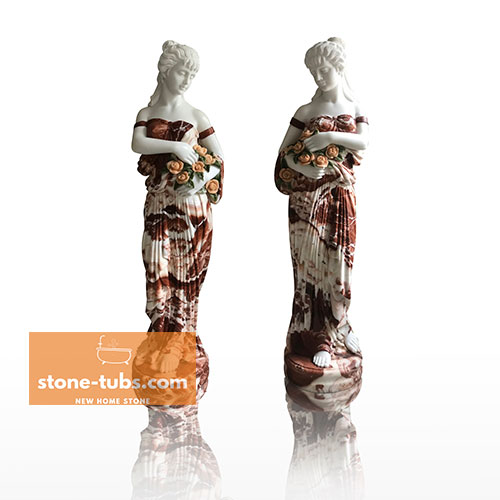
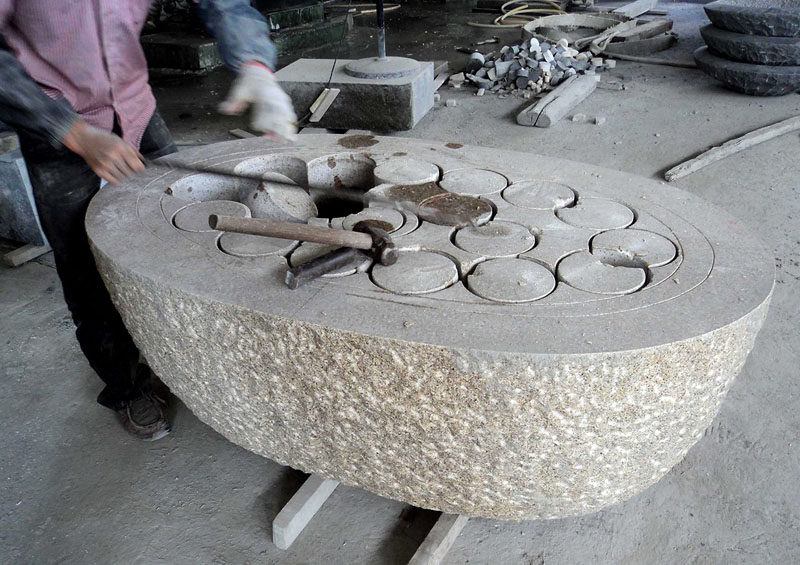
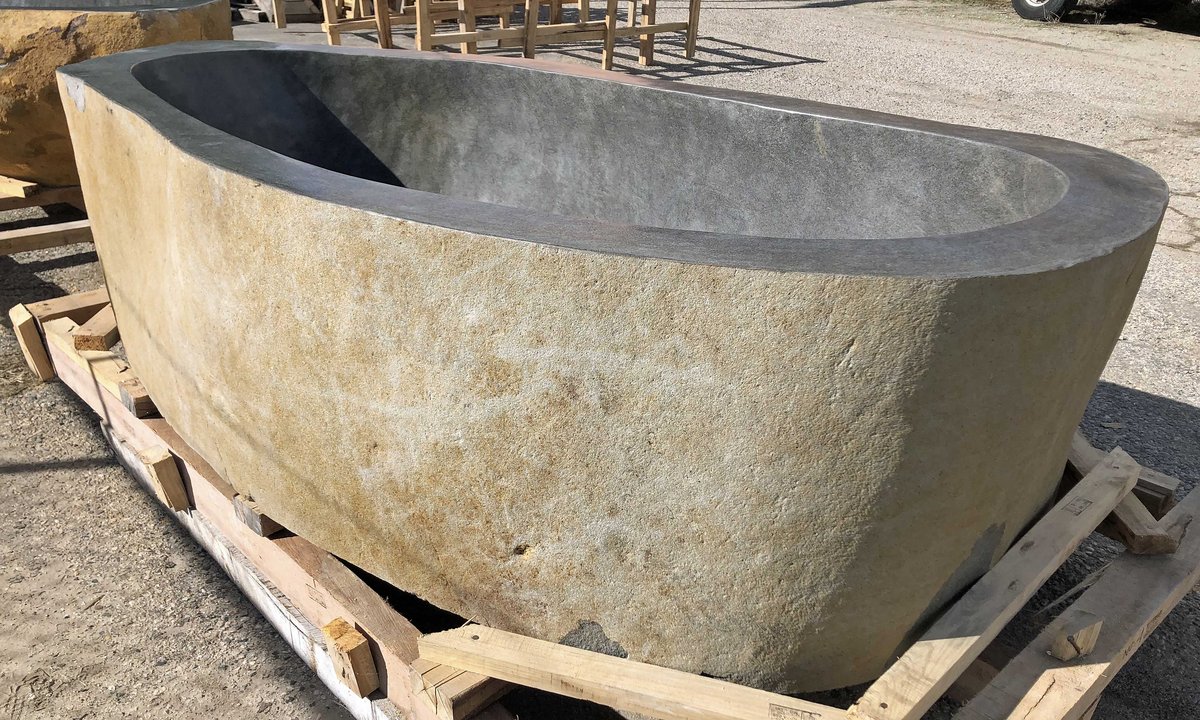



.png)
